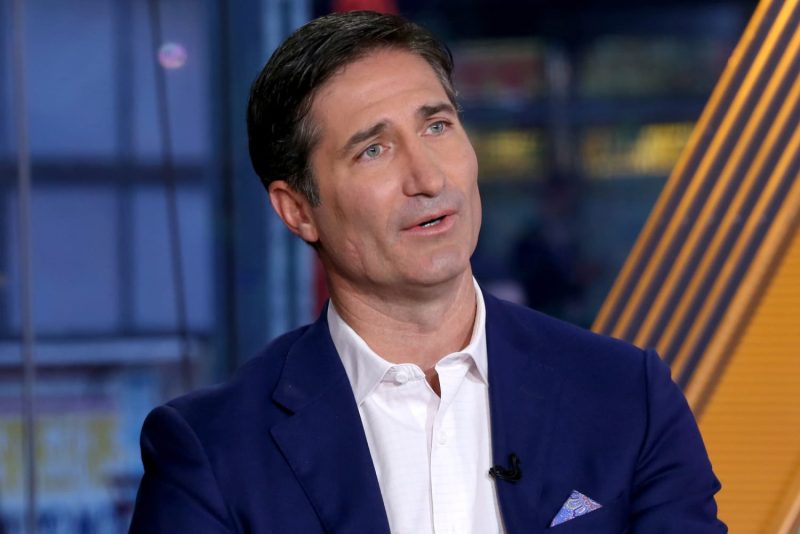In a surprising turn of events, Starbucks’ newly appointed CEO has opted for a unique solution to the challenge of leading the company from a distance. Instead of relocating to Seattle, where Starbucks headquarters is located, the new CEO has decided to supercommute 1000 miles from California to Seattle.
This decision raises eyebrows and sparks curiosity among industry insiders and observers alike. Supercommuting, a term used to describe an extreme form of long-distance commuting, is not a common practice for CEOs of major corporations. The traditional approach would be for the CEO to relocate closer to the headquarters to be more accessible to the day-to-day operations and decision-making processes.
The choice to supercommute comes with both pros and cons. On the positive side, the CEO’s decision demonstrates a commitment to work-life balance and personal priorities. By choosing to maintain his residence in California, he shows that he values his family life and community ties, which can positively impact his overall well-being and job satisfaction.
However, supercommuting 1000 miles on a regular basis is not without its challenges. The CEO will have to navigate the logistics of frequent air travel, time zone differences, and long hours spent commuting, which can take a toll on physical and mental health. It raises questions about how effectively he can manage a company of Starbucks’ size and complexity while being physically distant from the headquarters.
Moreover, the CEO’s choice to supercommute may also impact his ability to build strong relationships with employees, stakeholders, and the broader Starbucks community. Face-to-face interactions and informal conversations that often happen in the office can be limited by the distance, potentially affecting communication and collaboration within the organization.
It remains to be seen how this unconventional approach to leadership will play out for Starbucks and its new CEO. While the decision to supercommute reflects a personal choice that prioritizes work-life balance, it also raises concerns about the practicality and effectiveness of leading a major corporation from a distance. Time will tell whether this unique arrangement will prove successful or if adjustments will need to be made to ensure the smooth operation of the company under its new leadership.
